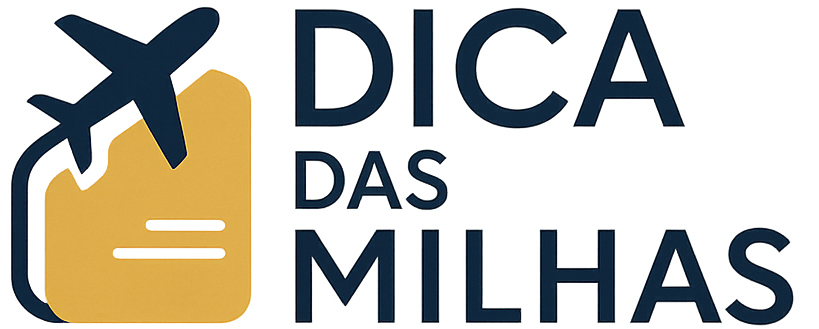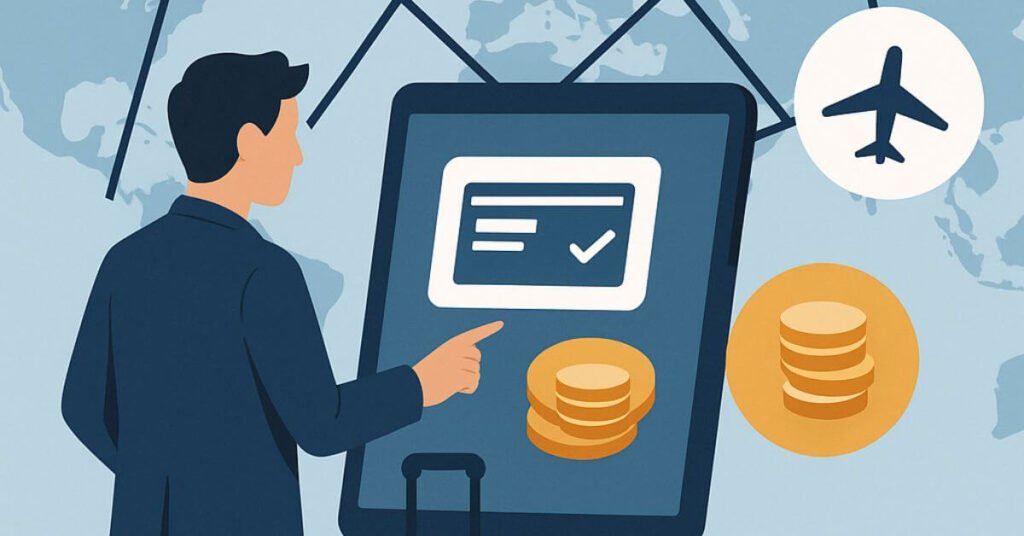When you start earning airline miles, it might seem like you’re limited to using them with just one airline — the one you flew with or the one branded on your credit card. But what many travelers don’t realize is that airline alliances open the door to a global network of redemption possibilities. If you learn how to use these partnerships strategically, you can unlock better routes, cheaper redemptions, and more flexible travel planning.
In this article, you’ll learn how airline alliances help you redeem miles smarter, what the major alliances are, how to use partner airlines, and tips to maximize the value of your hard-earned miles.
What Is an Airline Alliance?
An airline alliance is a partnership between several airlines that work together to:
- Share routes and schedules
- Honor elite benefits
- Allow code-sharing and through-ticketing
- Enable mile earning and redemption across member airlines
There are three major global alliances, and each one includes a wide range of regional and international carriers.
The Three Major Airline Alliances
1. Star Alliance
The largest alliance in the world, with over 25 members.
Key airlines include:
- United Airlines
- Lufthansa
- Air Canada
- TAP Air Portugal
- Avianca
- Turkish Airlines
- Singapore Airlines
2. Oneworld
A strong alliance with many premium carriers and solid global coverage.
Key airlines include:
- American Airlines
- Iberia
- British Airways
- Qatar Airways
- Finnair
- Alaska Airlines
- Japan Airlines
- Qantas
3. SkyTeam
A solid alliance particularly useful for routes through Europe, Asia, and South America.
Key airlines include:
- Delta Air Lines
- KLM
- Air France
- Aeroméxico
- Korean Air
- ITA Airways
How Alliances Make Mile Redemption Smarter
Access to More Routes
When your miles are tied to one airline, you may have limited options based on that carrier’s routes. But when that airline is part of an alliance, you can use your miles to book flights operated by any partner airline in the alliance.
Example:
- You have miles with United (Star Alliance), but United doesn’t fly to Istanbul
- Turkish Airlines does — so you can redeem United miles for a Turkish flight
This allows you to reach more destinations without having to earn miles in multiple programs.
Better Award Availability
Some airlines restrict availability on their own flights but open more seats to partner redemptions. Other times, a partner airline may offer award space when the main airline doesn’t.
If you’re flexible, you might find much better options through partners in the same alliance.
Lower Taxes and Fees
Different airlines charge different surcharges and taxes on award tickets. Even on the same route, the cost can vary dramatically depending on which partner you book through.
Example:
- Booking a London to New York flight with British Airways (Oneworld) might include $500+ in fuel surcharges
- Booking the same route through American Airlines or Iberia with fewer surcharges could cost only $120 in fees
By using alliance partners, you can save hundreds of dollars just by choosing the right booking channel.
One-Way Bookings and Open Jaws
Alliances make it easier to construct complex itineraries like:
- One-way flights
- Multi-city trips
- “Open-jaw” trips (arriving in one city, returning from another)
You can mix airlines within the alliance on a single ticket, making your trip more efficient and flexible.
Elite Status Perks Extend to Partners
If you hold elite status with one airline in an alliance, you’ll receive recognition and benefits when flying on other members:
- Priority boarding
- Extra baggage
- Access to business lounges
- Priority check-in and security
This is especially valuable for frequent flyers who regularly travel internationally.
How to Redeem Miles Through Airline Alliances
Step 1: Identify the Alliance of Your Miles
Check which alliance your miles belong to. This depends on the airline loyalty program you’re using — not necessarily the airline you’re flying.
Example:
- You have miles in TAP Miles&Go → Star Alliance
- You have miles in LATAM Pass → Oneworld (until 2020), now independent
- You have miles in Delta SkyMiles → SkyTeam
Knowing the alliance helps you understand which partners you can access.
Step 2: Search Award Availability
Some programs allow you to search for partner award seats directly on their website. Others may require calling customer service.
Examples of programs with good online partner search tools:
- United MileagePlus (Star Alliance)
- Air Canada Aeroplan (Star Alliance)
- American Airlines AAdvantage (Oneworld)
- Flying Blue (SkyTeam – Air France and KLM)
Always compare different programs for the same route to find better redemption rates.
Step 3: Understand Partner Award Pricing
Even though you’re flying on a partner airline, the miles required will be based on the pricing chart of the airline whose miles you’re using.
Example:
- Booking Lufthansa with United miles = United’s award chart
- Booking Lufthansa with TAP miles = TAP’s chart
The same flight may require fewer miles if booked through a different partner.
Real-Life Example: Booking Through an Alliance
Let’s say you want to fly from São Paulo to Tokyo in business class.
Option 1: Use Miles from United Airlines (Star Alliance)
- United partners with ANA and Turkish Airlines
- United website shows availability
- Total cost: 88,000 miles + $70
Option 2: Use Avianca LifeMiles
- Also Star Alliance
- Same ANA flight may be available for 78,000 miles + $50
- Better value if you transfer from a flexible program during a promo
Even though you’re flying the same airline, using different partners within the alliance gives you more control over cost and availability.
Tips to Maximize Alliance Redemptions
Be Flexible with Airlines and Routes
Don’t just search for flights with your main airline. Try routes operated by alliance partners — they may offer better schedules, availability, or lower fees.
Use Award Tools for Partner Redemptions
Sites like Point.me, ExpertFlyer, and Seats.aero can help you search partner inventory across alliances more easily.
Watch for Hidden Gems and Sweet Spots
Some alliances offer incredible value on specific routes:
- ANA (Star Alliance) has very cheap award flights from the U.S. to Japan
- Qatar Airways (Oneworld) offers luxury business class and books easily with American Airlines miles
- Flying Blue (SkyTeam) has Promo Rewards each month with deeply discounted redemptions
Avoid High Surcharge Carriers
Within each alliance, avoid airlines known for high taxes and surcharges (e.g., British Airways in Oneworld, Lufthansa in Star Alliance). Instead, use partners that price more favorably.
Can You Transfer Miles Between Partner Airlines?
No — you cannot transfer miles between airlines, even if they’re in the same alliance.
For example:
- You cannot move miles from American Airlines to British Airways
- You can, however, use your American Airlines miles to book a British Airways flight
Each program maintains its own miles and account rules — the alliance just gives you booking access, not pooled balances.
Common Mistakes to Avoid
- Booking directly with the airline you’re flying without checking partners
You might overpay in miles or fees - Ignoring partner options when your primary airline has no availability
Award space often opens on partners even when your airline is sold out - Not checking multiple programs for the same flight
Pricing varies — one partner may charge 70,000 miles, another 50,000 for the same seat - Assuming all benefits apply to partners
Not all elite perks or seat choices are guaranteed when flying a partner airline
Final Thoughts: Alliances Are the Key to Smarter Mile Redemption
If you want to get the most value from your loyalty program, learning how airline alliances work is essential. They allow you to:
- Redeem miles on more airlines and routes
- Find better availability
- Avoid high taxes and surcharges
- Build more creative and flexible trips
Understanding how airline alliances help you redeem miles smarter gives you a powerful advantage in a world where points and miles are getting harder to use efficiently.
Think beyond the airline logo on your card — and explore the full map of possibilities your alliance gives you.
Elaine A. da Silva is a Brazilian travel and finance enthusiast, best known as the creator of the blog Dica das Milhas. With a strong background in personal finance and a passion for exploring smart travel strategies, she specializes in simplifying the world of airline miles and travel rewards for everyday people. Through her blog, Elaine shares practical tips, insider knowledge, and step-by-step guides to help readers save money and travel more efficiently using loyalty programs and credit card points.







